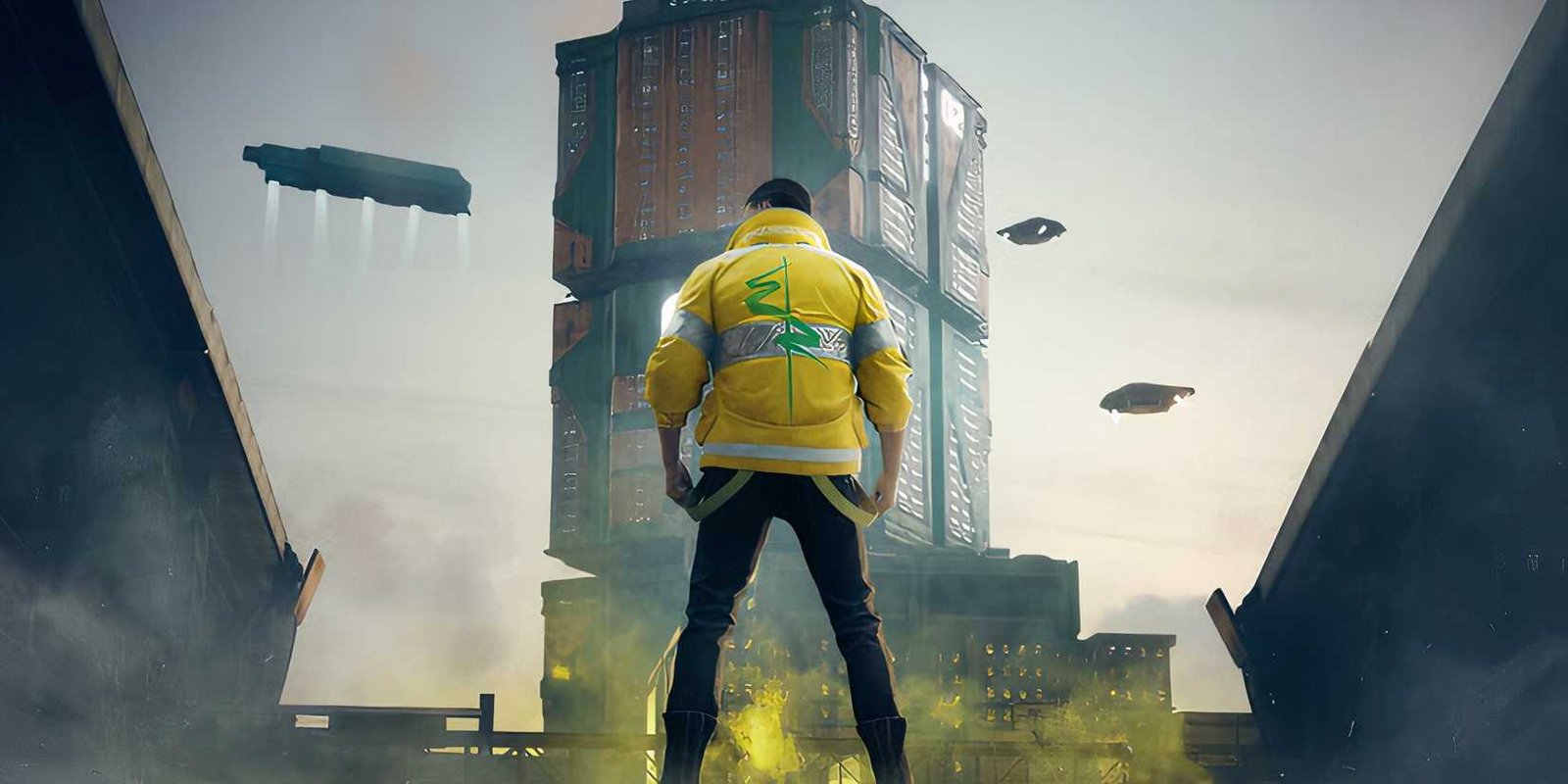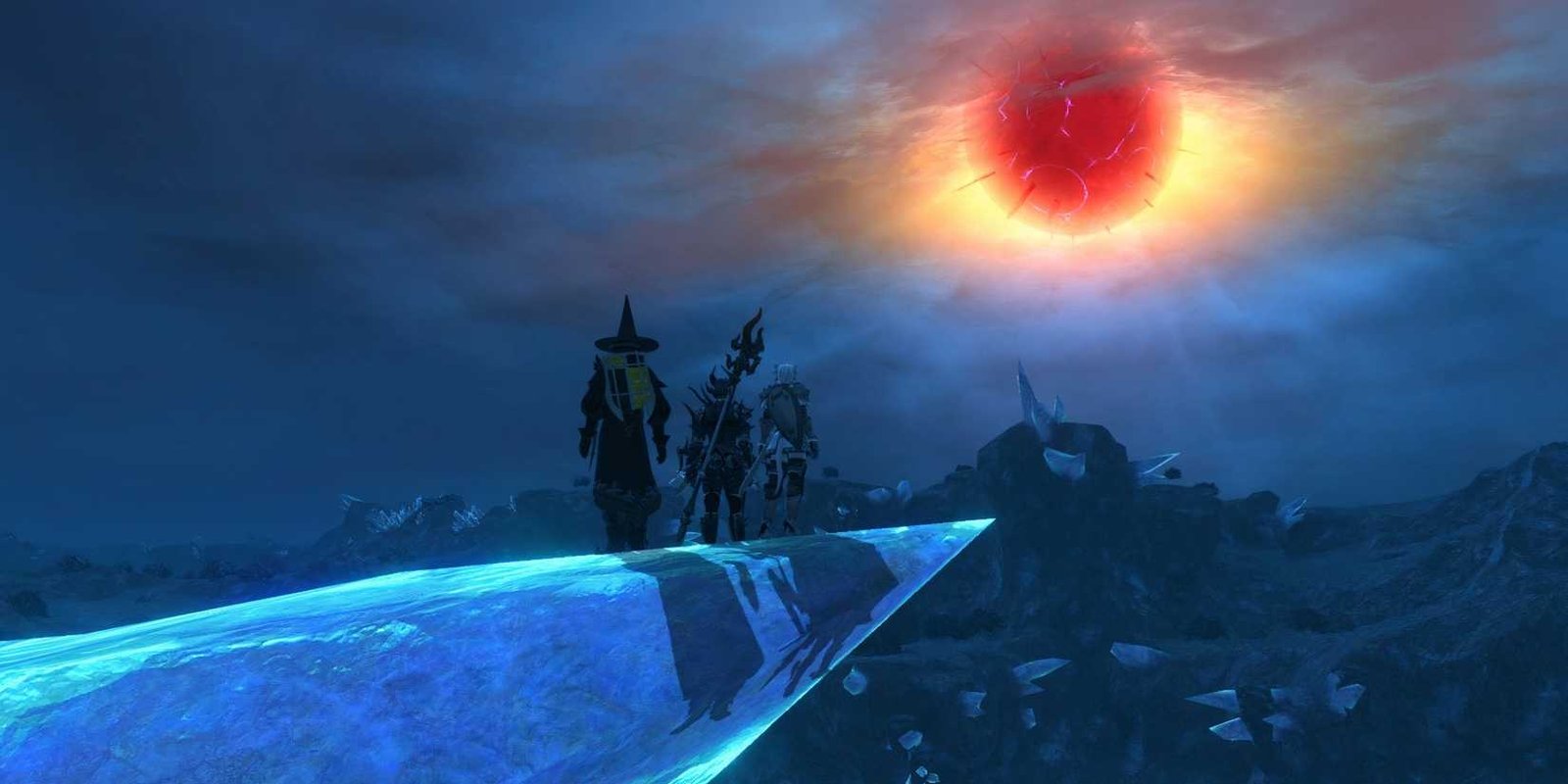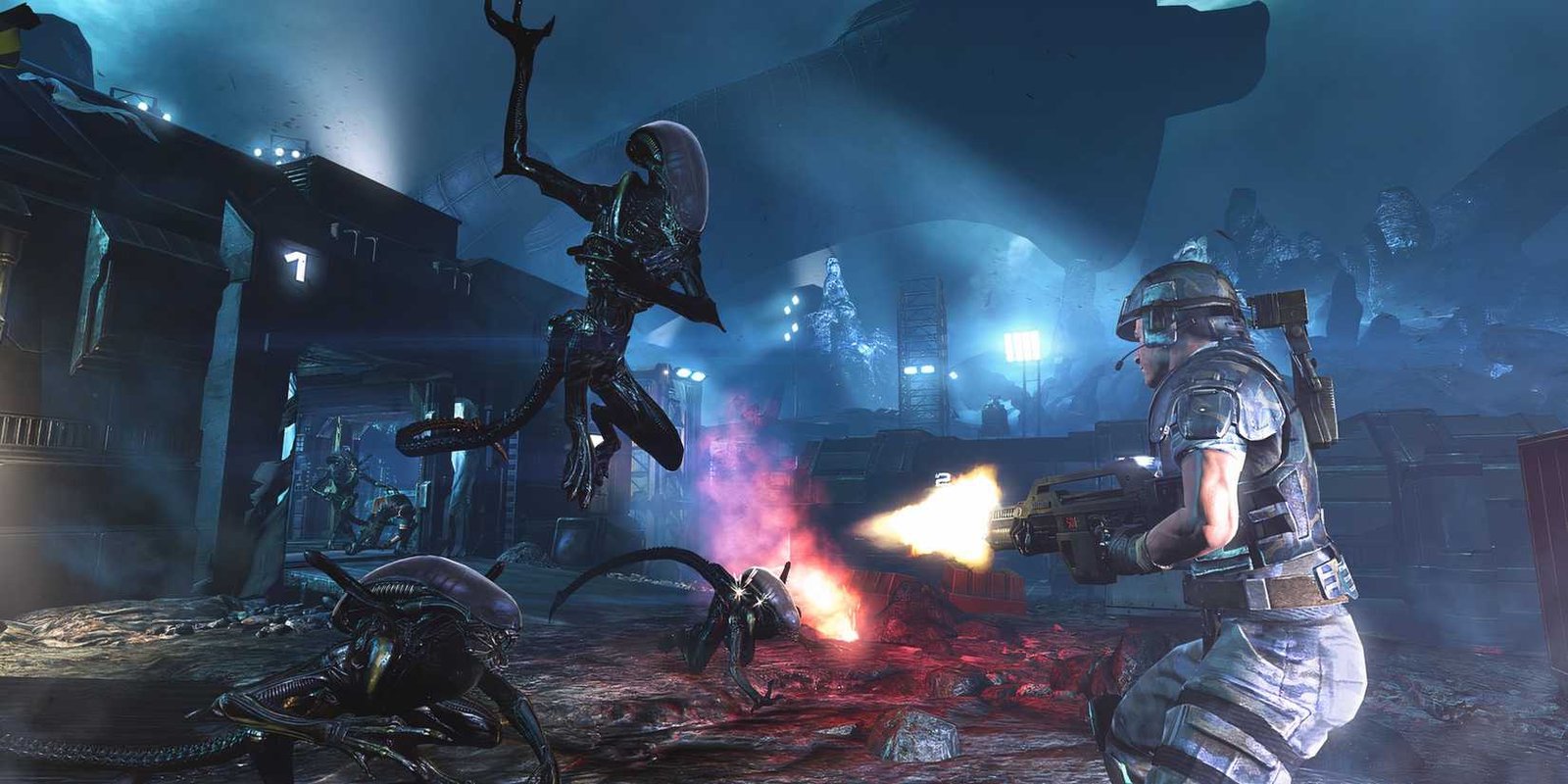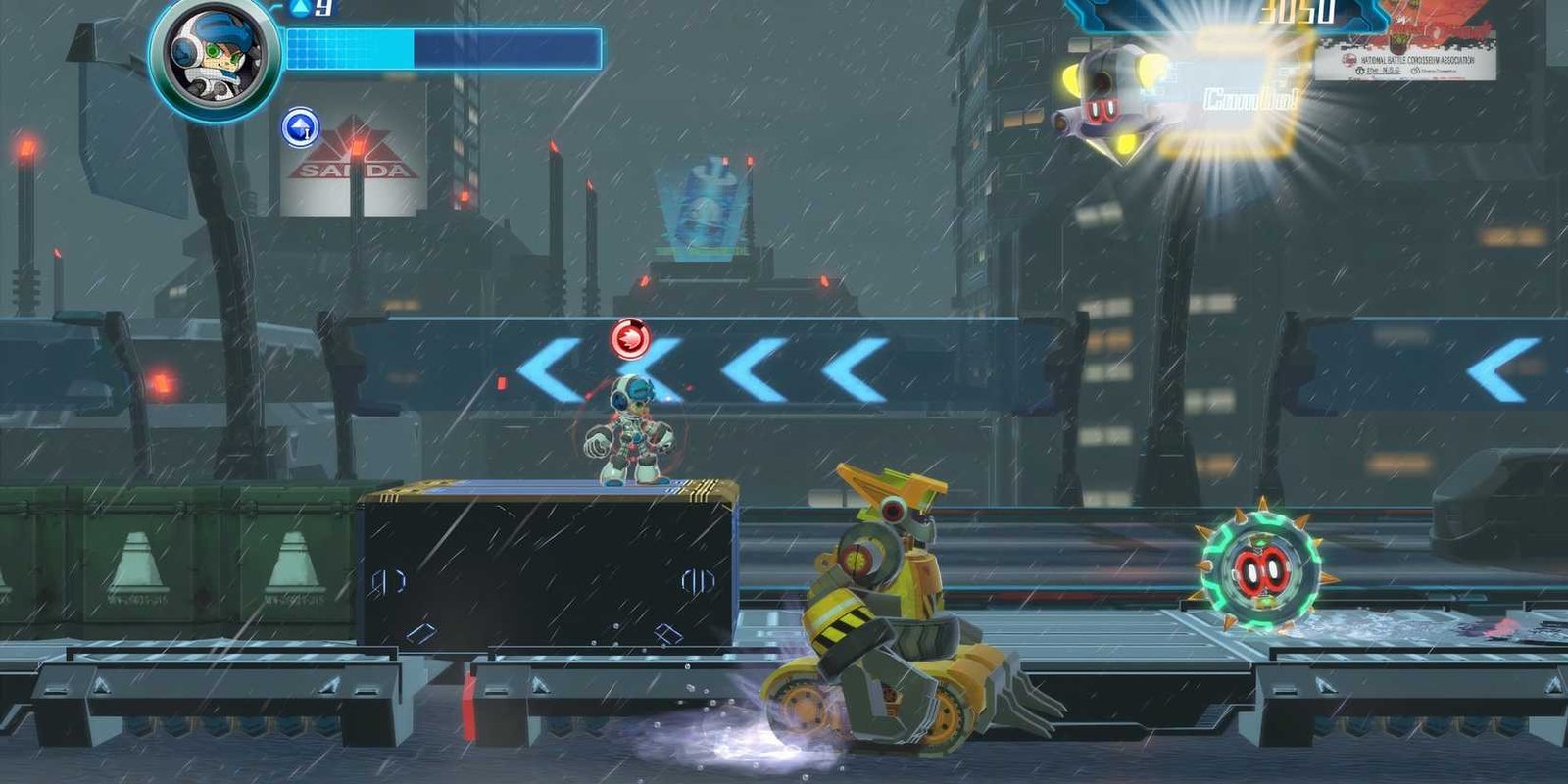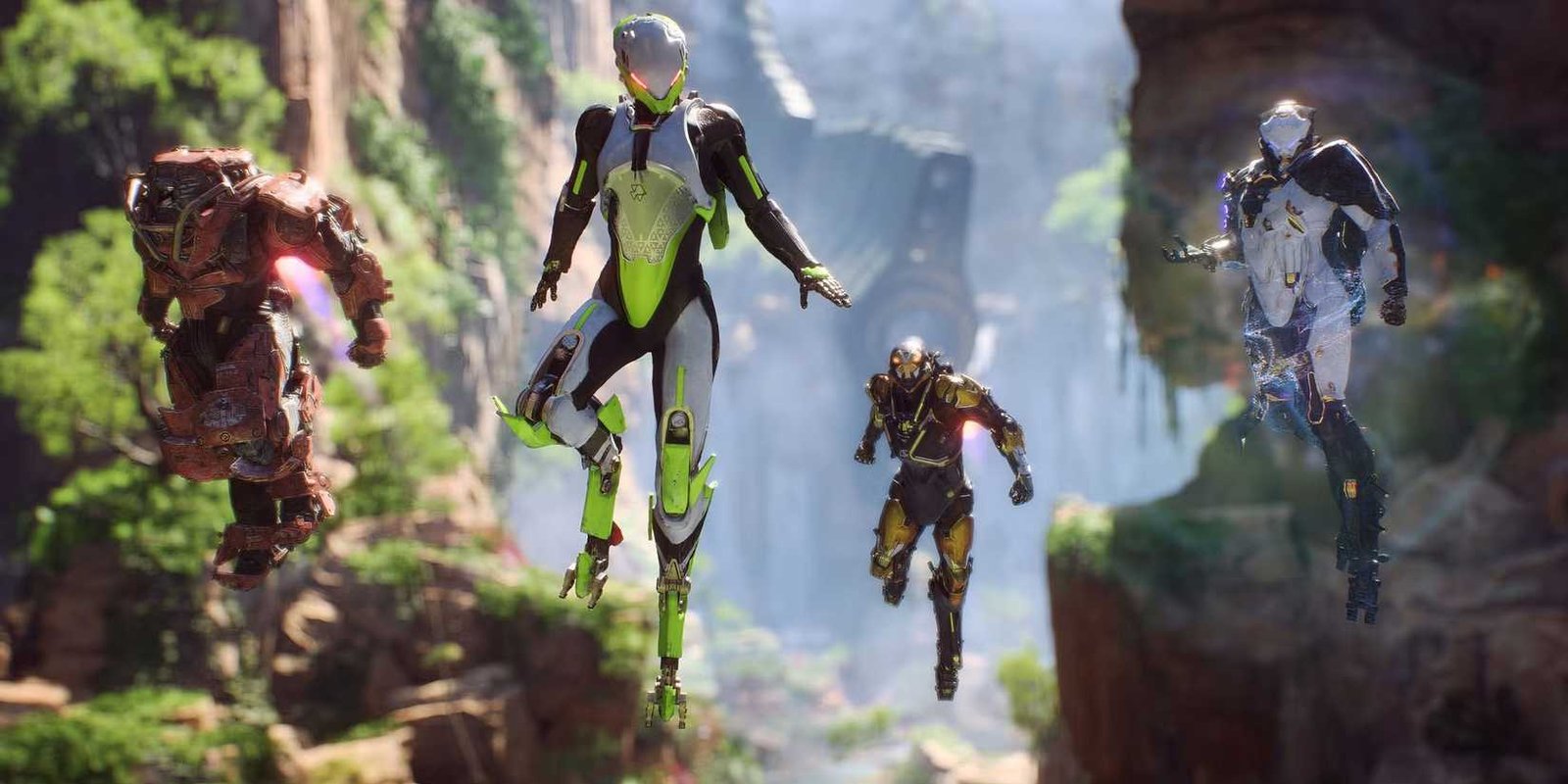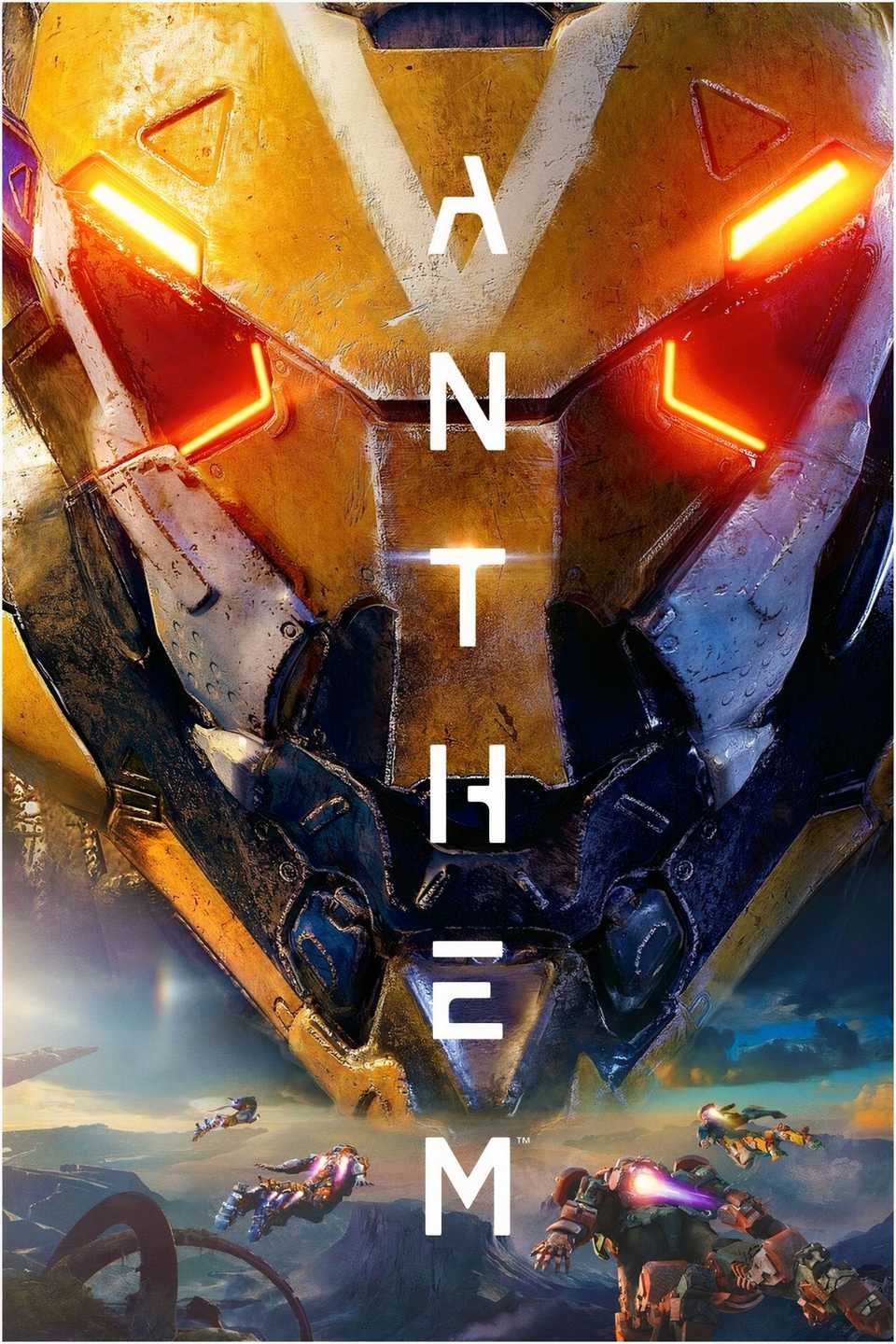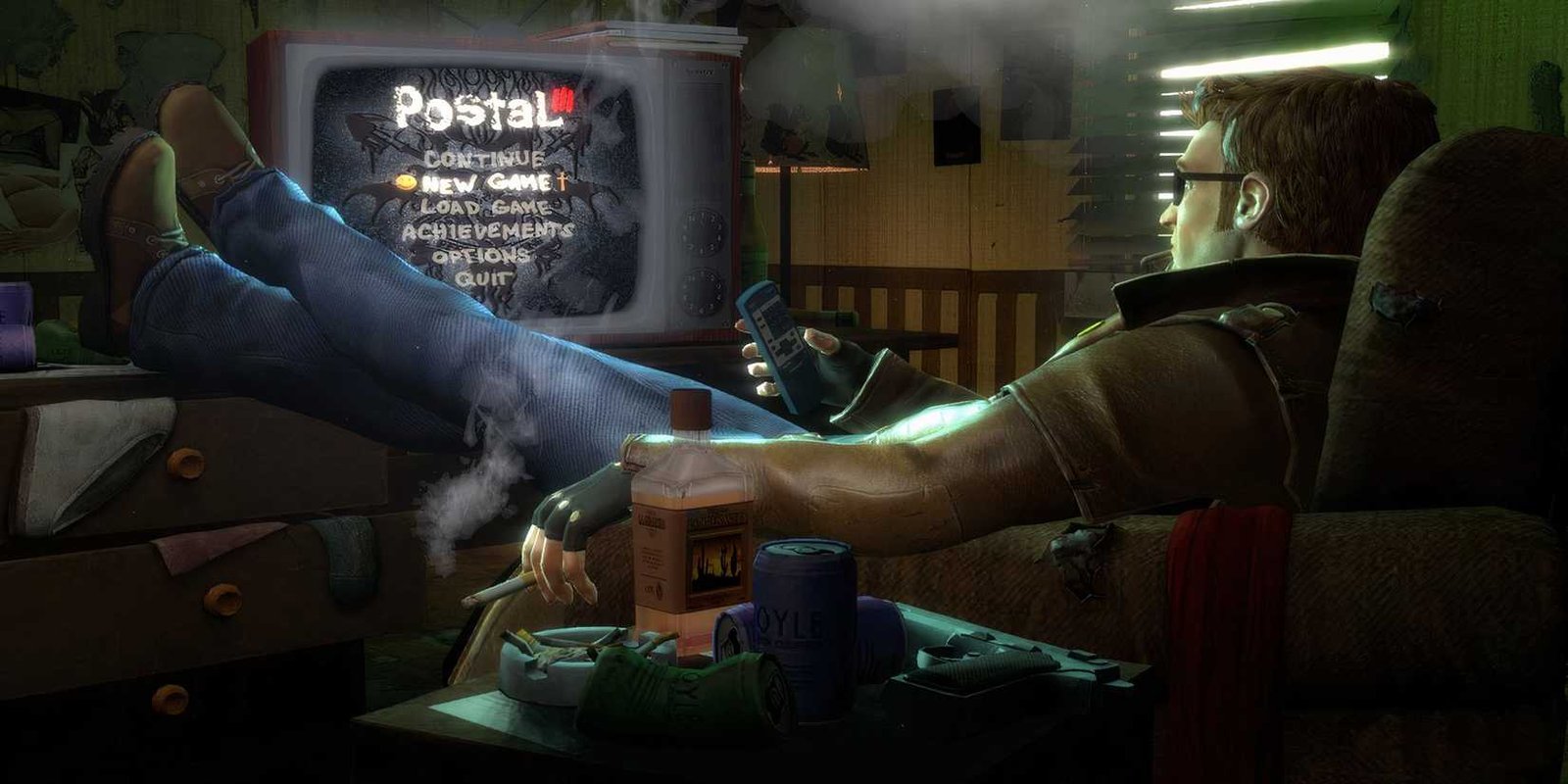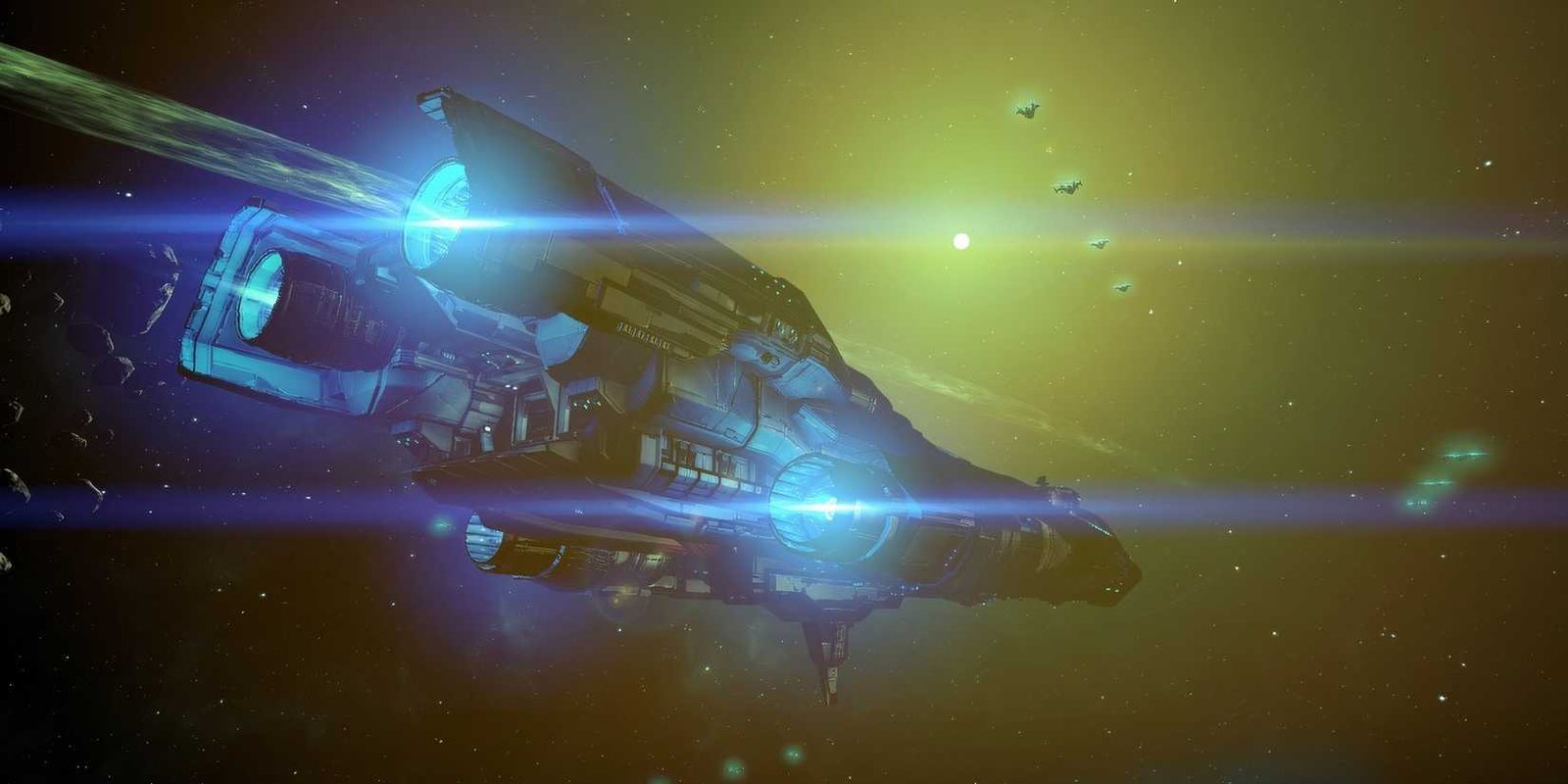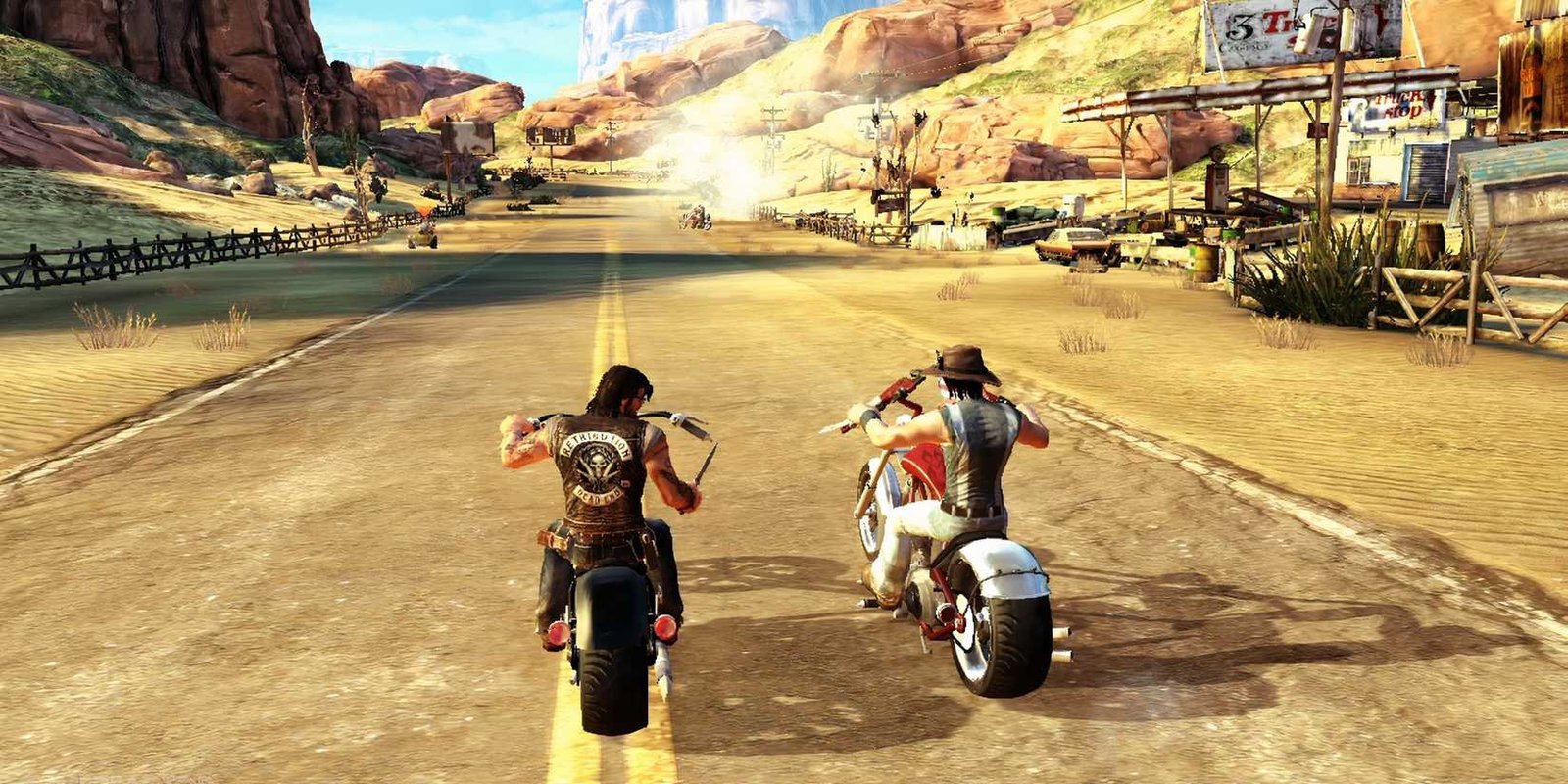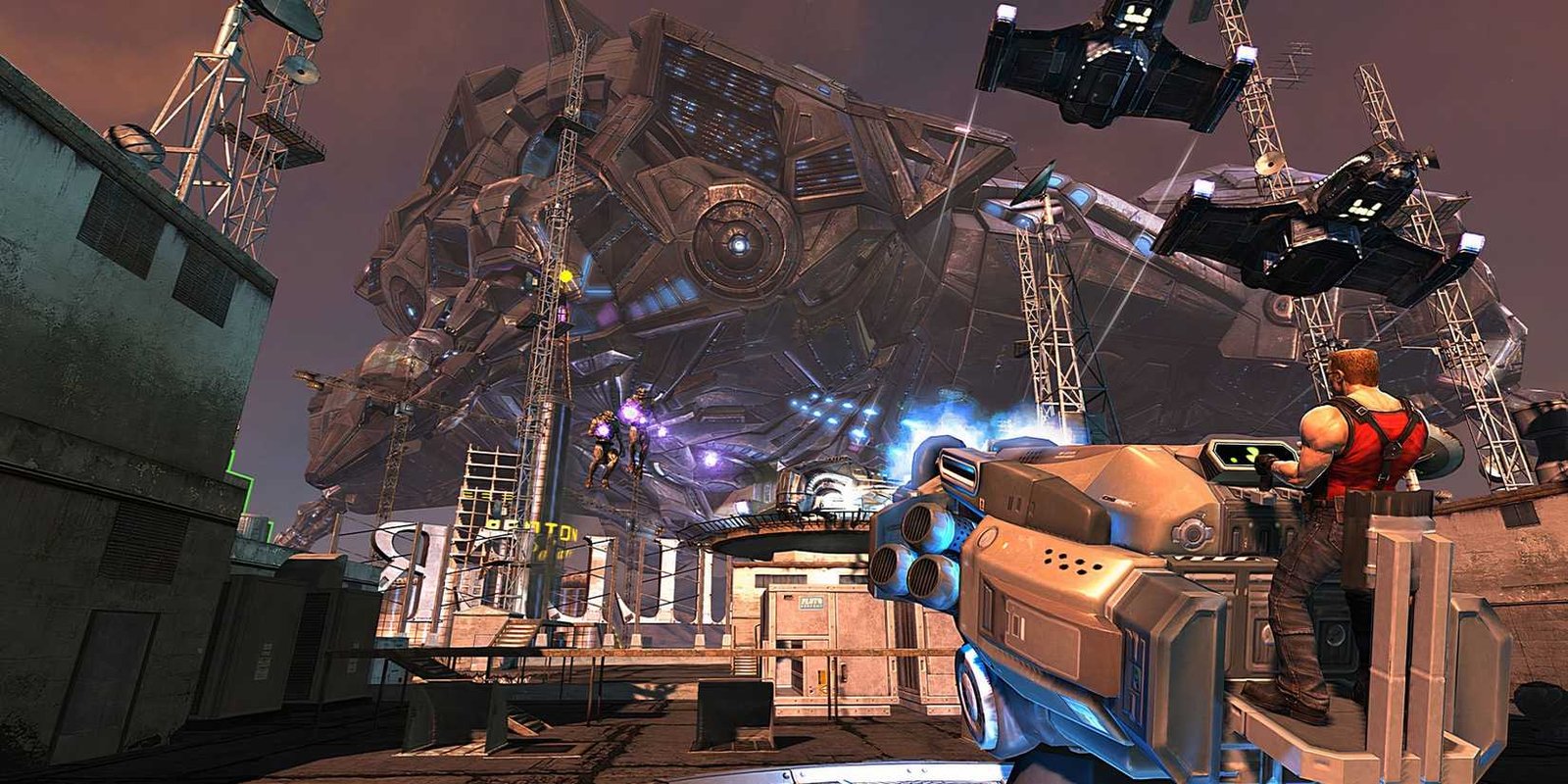When you’re getting into developing games, you never know what will happen with your project. Will it be funded? Will players like how it looks? Is this mechanic going to work? Not to mention serious problems that pop up unexpectedly, causing games to be delayed or canceled.
However, sometimes games become stuck in development hell for so long, and when they are finally released, the results are far from good. There are exceptions, of course, but that’s not the case for the games below. Spending years or even a decade creating something doesn’t mean it’s going to be good.
Cyberpunk 2077
The Roughest Of Starts
Go into Cyberpunk 2077 now, and you’ll get a frenzied, chaotic, and overall enjoyable experience as you explore the dredges of Night City. It’s highly polished and well-received, which almost disqualifies it from being on this list due to the hard work CD Projekt Red put into improving it. Almost.
After being in development for over nine years and under immense pressure and crunch, the game was released in an unplayable state. NPCs would be T-posing, cops would manifest from inside the walls of buildings, and sometimes the game would just break and corrupt your save. Cyberpunk 2077 was in such a bad state that it was temporarily removed from the PlayStation Store a week later.
Final Fantasy 14
Destroy Your Own Game With A Meteor
You weren’t expecting to see the critically acclaimed MMORPG Final Fantasy 14, were you? Its revival is something for the history books, because the game was in such a terrible state that the developers released an event, aptly titled the ‘End of An Era’, that ends with a literal meteor hitting Eorzea when the servers shut down.
It was a poignant send-off, and it made way for one of the most successful turnarounds anyone had seen up until this point. The release of 2.0, known as A Realm Reborn, came a year later and quickly started the work to turn it into the beloved FF14 it’s known to be today.
Daikatana
A Lesson In Hubris
John Romero is the ‘grandfather’ of several beloved series. As one of the founders of id Software, he helped create the Quake and Doom series. Romero has even dabbled his hands in Wolfenstein, though more on the technical side than the creative.
I say all that because when he began to advertise his latest game in the 2000s, Daikatana, he hyped the game up by claiming he would, “Make us his b—-” upon release. But with constant changes to entirely different engines, terribly outdated graphics, and AI that was dysfunctional, its downfall was as infamous as it was unsurprising.
Aliens: Colonial Marines
The Bait And Switch
Aliens: Colonial Marines had the unfortunate fate of being developed at the same time Borderlands 2 was being worked on. Gearbox decided to bet on the sure thing and commit most of its resources to the latter, which proved to be the correct choice, as it is considered to be the best in the series.
On the other hand, Colonial Marines looked promising at the 2011 E3 presentation. However, the full release both lacked polish, was riddled with bugs, and even had a game-breaking typo within the coding. The backlash was a near-unanimous roar, and it quickly became infamous for how players felt betrayed by the bait-and-switch.
Mighty No. 9
Legacy Couldn’t Save It From Development Hell
Among the other entries on this list, Mighty No. 9’s development cycle was much shorter. It was widely anticipated as the co-creator of the Mega Man series, Keiji Inafune, was helming the development, and opened a Kickstarter to gauge the desire for the spiritual successor. The campaign raised over 3.8 million dollars, four times the asking amount.
Though the enthusiasm was there, the game’s production was hit with speedbump after speedbump. Three separate delays, asking for more money for a separate game while Mighty No. 9 was deep in production, and downright insulting the fans by calling them sad anime fans on prom night. Following all of this with a faulty game that was riddled with glitches and shallow gameplay, you have a recipe for an ill-received disaster.
Anthem
The Game That Started Without A Vision
I’m not saying that a triple-A game spending five years straight in ‘pre-production’ is indicative of development hell. But when you combine that with a tumultuous 18 months of production filled with crunch, you can start to see the signs of the fallout. Bioware, at the time, relied on the ‘Bioware Magic’, which got them some quality games, but at a great cost.
When Anthem dropped, it was immediately evident that the ‘magic’, which was more crunch and burnout, was waning, and the game was horribly received by fans, who panned it for being incomplete and almost barren of anything meaningful. A far cry from the previous titles.
Postal 3
Ruining The Middling Legacy
When you’re throwing on a game like Postal 2, you aren’t looking for award-winning narrative or anything remotely deep. You’re looking to cause as much mayhem as possible to blow off some steam. Those waiting for Postal 3 were expecting more of the same reckless, open-world fun, but were ultimately disappointed upon release.
The development was tumultuous, with a ten-year cycle, and eventually was offshored to a third-party developer when the team, Running With Scissors, couldn’t keep up with the cost. Boy, did it show: Postal 3 switched from a first-person perspective to third-person, it was linear, and it tried to implement a morality system that failed. The game was so bad that even the original studio distanced itself from it.
X: Rebirth
Sometimes, The Revision Doesn’t Work

X: Rebirth
- Released
-
November 15, 2013
It’s always a risky venture to experiment with a tried and true formula that is beloved by many. Sometimes, it can pan out and become successful, like Resident Evil 4. Other times… well, it can catastrophically fall on its face. The X series was known and enjoyed as the usual sandbox game where you’re given some money and a ship to be left to create your own adventure.
With X: Rebirth, the series decided to take a turn away from the choose-your-own space adventure to a more focused, narrative-driven experience. Add several delays, a smaller universe, and just an overall buggy, outdated mess; you can see the writing on the wall.
Ride To Hell: Retribution
No Retribution For This Ride
Some games are considered ‘bad’, but you can still find a few redeeming qualities to enjoy, like the music or combat. Yet, some are so unenjoyable, so devoid of anything significant, that you can’t bring yourself to find anything of worth. Ride To Hell: Retribution somehow fails at this so spectacularly that it quickly became a meme upon release.
During its production, Ride to Hell was temporarily canceled by Deep Silver when their Vienna office closed down. Another studio picked it up, but the game’s original vision of being a GTA-style game with bikes was instead turned into a driving game with horrible controls, awful combat, and pathetic “romance” scenes. To this date, it still has one of the lowest scores on Metacritic.
Duke Nukem: Forever
Forever Still Wasn’t Long Enough
At the height of its popularity, Duke Nukem was the lead in the crass but enjoyable games that came out in the mid-to-late 90s. After the success of the previous one, it was unsurprising that a sequel would soon follow. What we weren’t ready for is the long, hard road the game took to get made and released — 14 years later.
It suffered from multiple engine changes, which made them have to start from scratch several times, management changes, and an industry paradigm shift; the writing was on the wall for Duke Nukem: Forever. We most likely won’t get a reboot, and we should accept that Duke’s chapter of relevance is over.
